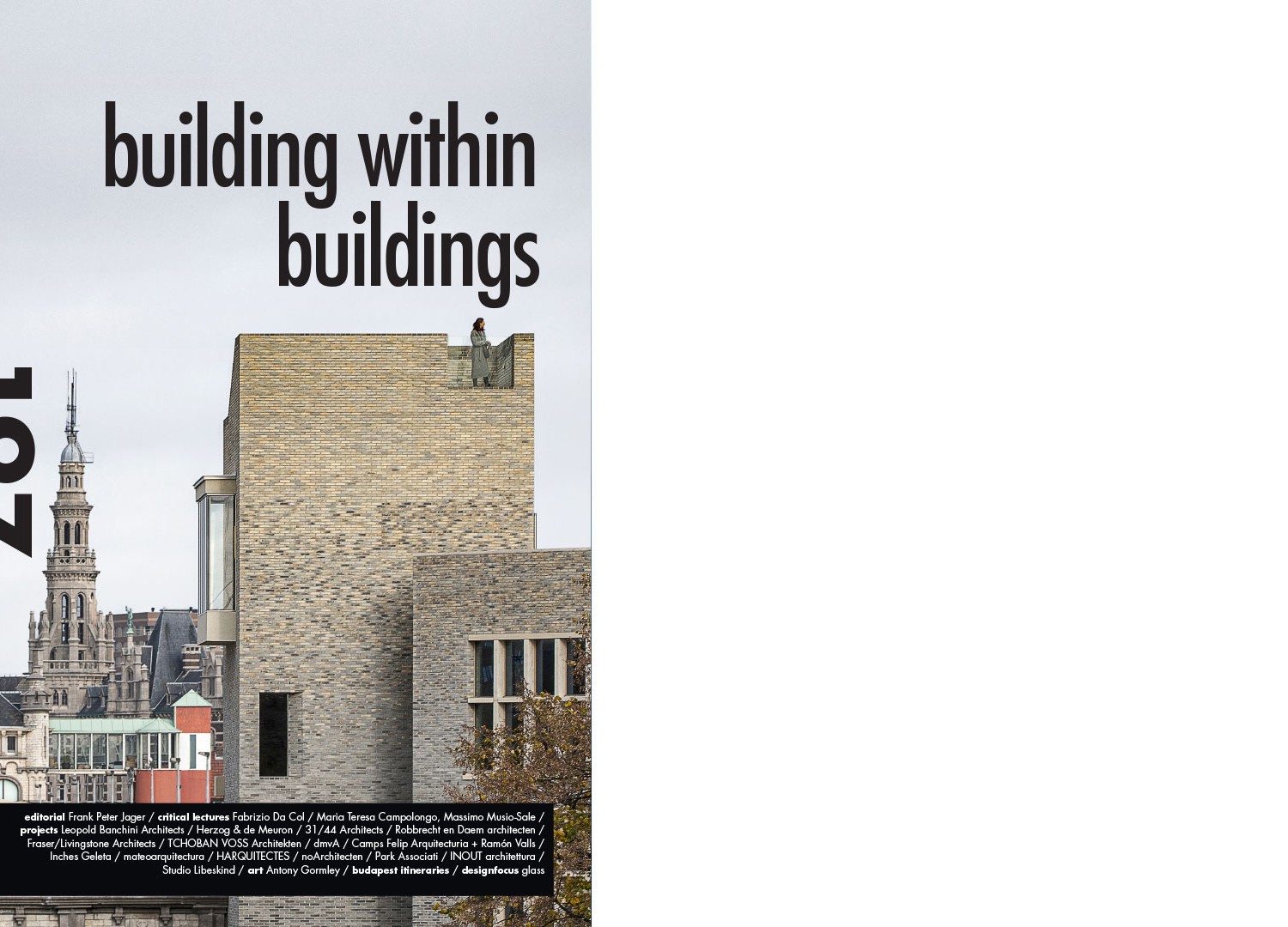
It is by now painfully clear that among the necessary resources available for building new housing, land plays a central role. But it is equally obvious that we are talking about a finite, non- reproducible resource. So before consuming more of a natural resource that is also essential for many other human needs, we have to ask ourselves if it would be possible to build on what has already been built, to regenerate spaces already used, and in particular, to evaluate whether it is more ecological to make better use the existing legacy of built property, often negligently abandoned or ill-used. In the current context, two strategies are needed for urban redevelopment which, while they might seem to work in opposite directions, are really focused on the same end. The first of these consists of exploring the possibility of bring more natural greenery into the heart of the city, according to a strategy known as urban “reforestation”, which would serve to mitigate theislands of heat and the carbon footprint, but above all, would be indispensable because, by expanding in all directions the built borders of the urban fabric, the city-country distance becomes so rarefied as to demand an immediate naturalization of the inhabited zones. The second concerns a necessary densification of the built portions and the creation, through careful planning, of a functional mixture capable of reducing the needs of mobility that afflict every metropolitan environment today. As Carlos Moreno puts it, we need a city that can be covered easily on foot or on a bicycle, for the performance of the main daily activities. These aspirations are shared almost unanimously, moving toward a valorization of the type of architecture that inserts itself into the urban gaps, using scattered fragments that can be stacked on top of or attached to other buildings, that rise above them and establish relationships with their pre-existent surroundings, because it they grow out of them or are nested within them. Here is where the discussion of the historicized “pre- existent environment” acquires immediacy and must be taken into consideration in every new urban project. This is where the project attitudes diverge between the maximum amount of integration with the existent architecture, almost to the point of resembling it completely, or the stark and obvious contrast of the new against the old, according to which it should be an affirmation of its author as improver, if the context is degraded – attracting attention and interest that would otherwise look elsewhere. This attitude may often be seen as arrogant, however, when it is clearly uninterested in relating to its surroundings and unable to perceive the value of the location’s identity. I do not wish to express a cynical “situational” attitude, which would be all too easy, in describing such a broad spectrum of possibilities without taking a position or offering any precise behavioral views, but rather my awareness that there we do not have a shared vocabulary or literature in an open, globalized and multicultural society. Probably the most salient factors of the works in question are characterized more by the measure to which they are able to deal with the context, to respect of significant historical features, to make skillful use of materials, than by any choices of field or language which are, at this point, irrelevant and outdated.
Download cover
Download table of contents
Download introduction of Marco Casamonti


